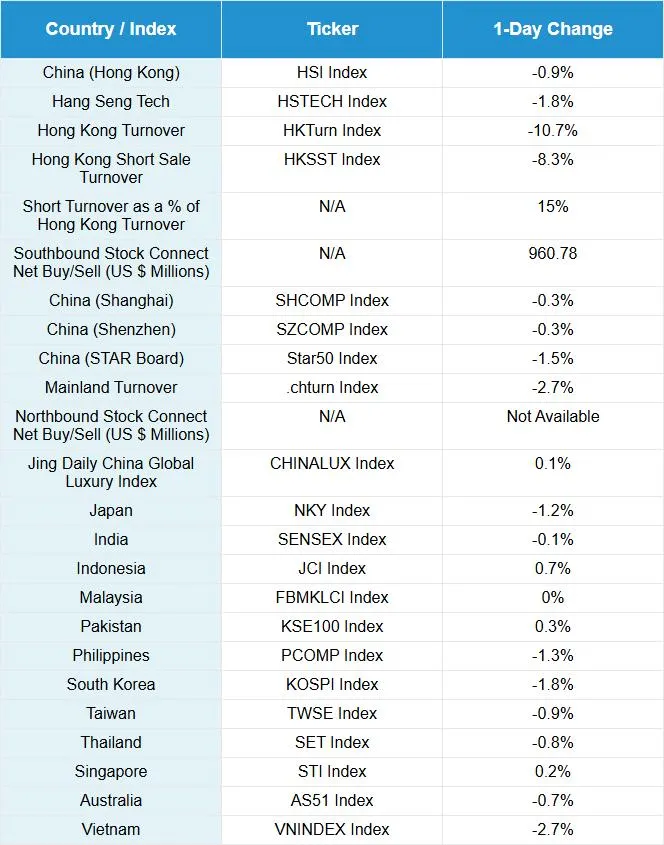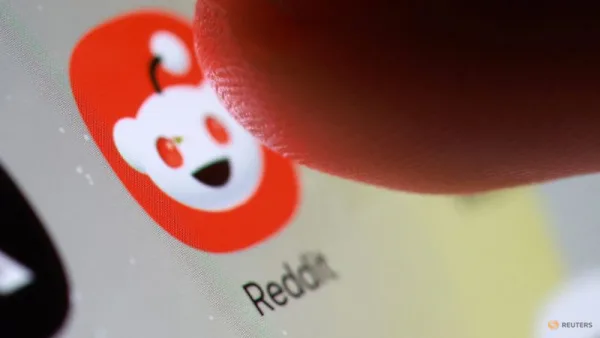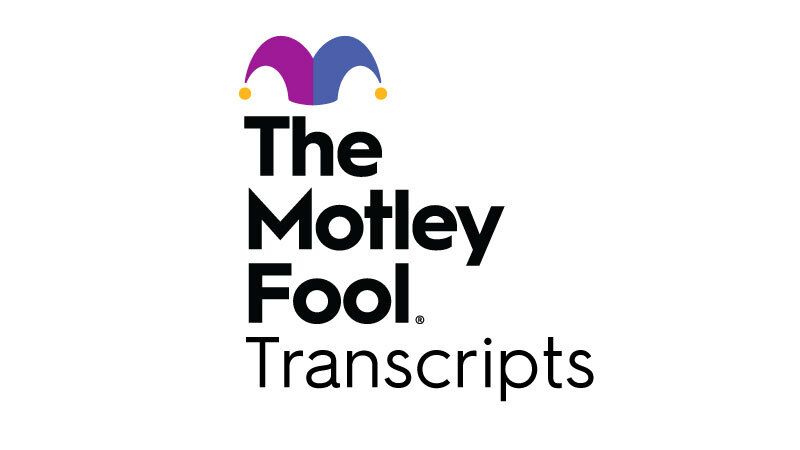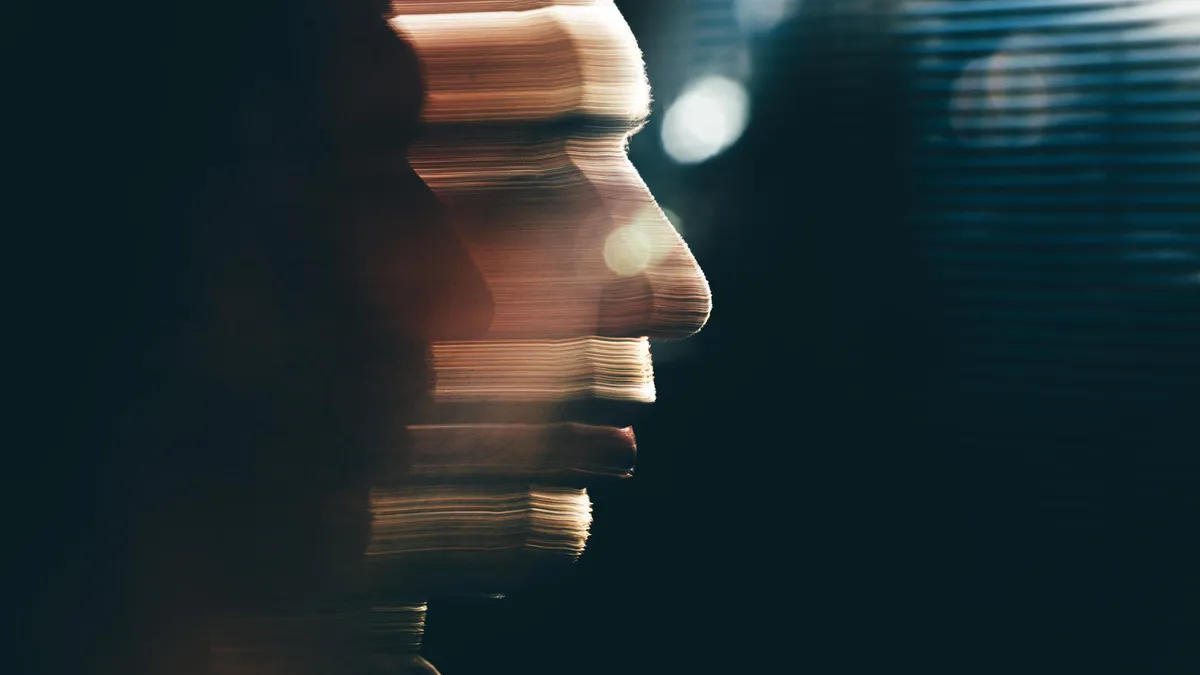Copyright Salt Lake City Deseret News

Science has long been associated with regulation, bureaucracy and bad business. But as advancements in science continue, we are realizing that this is not absolute. To look at this more in depth, let’s investigate a fascinating story from Nepal with connections to Utah. Plagued by floods and earthquakes, Nepal is constantly rebuilding. When homes are destroyed, residents must reconstruct their homes literally brick by brick. This explains why the coal-fired brick industry is so dominant there. Unfortunately, this industry has a potent byproduct: 37% of annual CO2 emissions in Nepal. Not to mention heavy metals like mercury or sulfur dioxide, which contributes to acid rain and respiratory issues. In 2015 a devastating 7.8 magnitude earthquake hit Nepal’s capital city, Kathmandu, killing around 9,000 people and destroying 600,000 built structures. Once again, the country had to rebuild. However, these disasters inspired Bjorn Soderberg and Bina Shrestha to cofound Build Up Nepal, which engineered a new type of “eco-brick” that is cheap, resilient and sustainable. I sat down with Bjorn to ask him about this journey when he was in Utah as the winner of the Wilkes Center for Climate Science & Policy’s climate prize for innovation. These eco-bricks are unassuming at face value, requiring only local material such as sand and dirt along with 7% cement. There is no need to fire these bricks with coal. Instead, they cure over the course of 21 days with water. This process saves 75% in carbon emissions, slashing the country’s pollution. “This is a low-tech solution, but with that there is a lot of science,” said Soderberg. Build Up Nepal had to tirelessly experiment with different materials in order to create the perfect brick. They also needed researchers to test their impact and effectiveness. Once eco-bricks were backed by science, the people of Nepal ran with them. The company had a genius idea — to put ownership in the hands of the people. First, microentrepreneurs buy and learn how to use the brick-making machines. Then, these entrepreneurs sell the bricks to people rebuilding. Since 2016, the company has created 1,674 jobs and built over 11,000 homes. Tragically, disaster struck again. In 2023, another earthquake hit Nepal, destroying 79,000 homes. But there was a silver lining: Every single home built with eco-bricks was still standing, while coal-fired brick homes collapsed. This was no longer just about sustainability. Eco-bricks were undoubtedly better. In regard to sustainability, Bjorn doesn’t really mention it anymore. His selling points are that the product is 40% cheaper and withstands earthquakes. Sustainability is simply the standard. The point is, without engineers and climate scientists using science to build a sustainable brick, we may have never questioned the process in place, a process that was failing. The government of Nepal took notice, recommending it for reconstruction in 2024. This story expands beyond Nepal to our own country and our own state. We rarely question dominant industries such as energy, agriculture and infrastructure. What if we decided to lean into the possibility for change like Bjorn did? We might slash our emissions and reduce the presence of harmful chemicals in our lives. More importantly, we may create better products. The combination of better and cleaner will undoubtedly lead to increases in quality of life. And this isn’t purely theoretical; it’s happening at the University of Utah. On campus, fungus is being used to engineer self-healing hydrogels for biomedical devices; our geothermal technology heats and cools Gardner Commons daily; and our AI-powered bionic legs are helping people walk again. It’s easy to sit back and watch the world without questioning it. Without asking why things are the way they are. But I think we should be asking this a whole lot more. Why are our energy sources so inefficient and polluting? Why do our cities choke on traffic and concrete? Why don’t we demand better? If given a chance through legislation and funding, science combined with entrepreneurial might can provide the foundation to build a cleaner, stronger and more prosperous future. So whether you are a concerned consumer, a savvy investor or an ambitious entrepreneur, you might want to start thinking: What else is out there? That’s what Bjorn Soderberg did. We can do it too.



